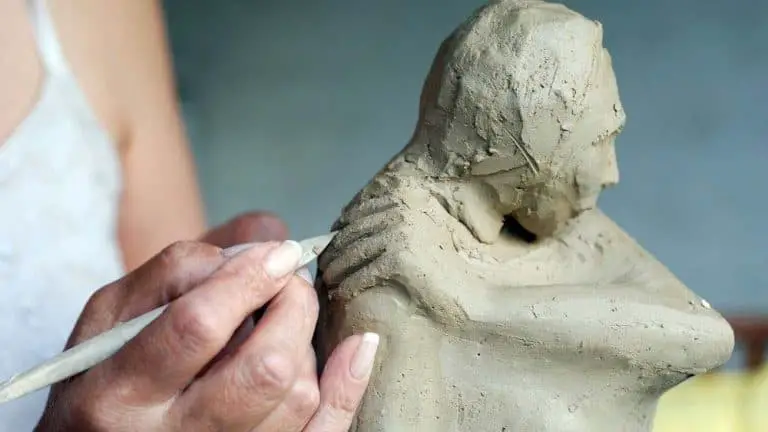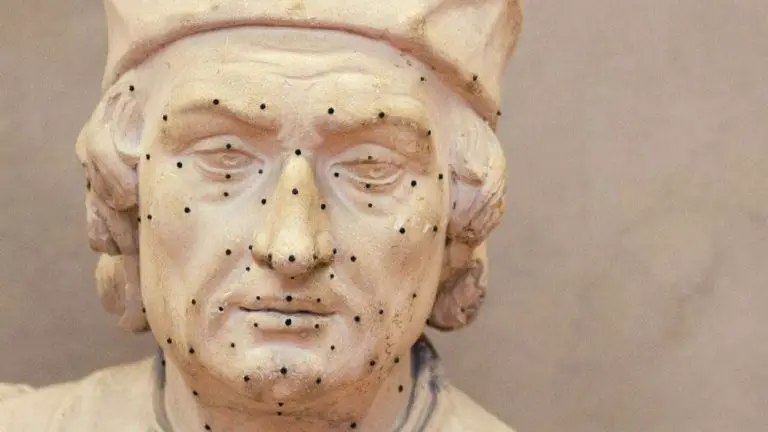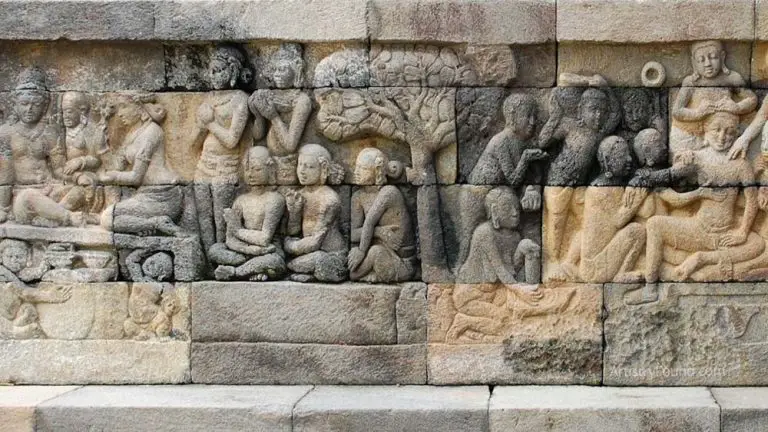What is Subtractive Sculpture? (Definition and Examples)
The art of sculpting dates back to about 40,000 years ago and is one of the most prominent artistic forms of human ideas and expression. Be it Michelangelo’s David or Auguste Rodin’s ‘The Thinker,’ some of the most exquisite sculptures have been carved out of a singular medium, using a technique known as subtractive sculpture.
Subtractive sculpture refers to the school of sculpting that starts with a singular piece of medium and involves removing material until a desired form is reached. In simpler terms, the sculptor carves and chips away at the material until the finished form takes shape.
Subtractive sculpture is the oldest form of sculpture known to man, and is one of sculptures most common forms. Keep reading to find out how subtractive sculpture works, what materials are commonly used, and to see some beautiful examples of subtractive sculpture in the world today.
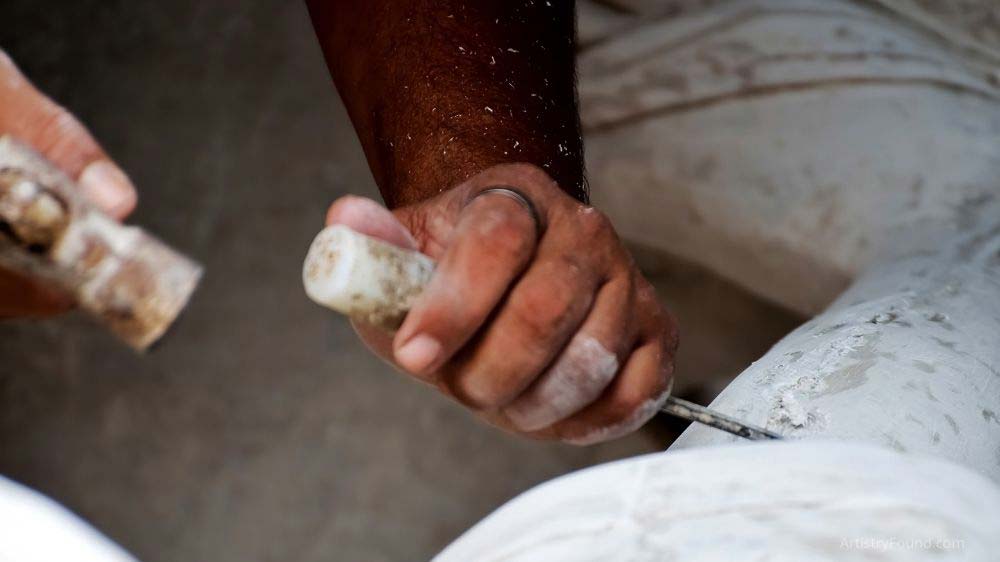
(This article may contain affiliate links and I may earn a commission if you make a purchase)
How does the Subtractive Process work?
When beginning a sculpture using the subtractive process, an artist will start with a solid block of material, and begin slowly chipping away at the material until a form takes shape.
The subtractive process can be used to sculpt two basic kinds of sculptures, a freestanding sculpture or a relief sculpture. With a freestanding sculpture, the artist can create a sculpture that can be viewed from every angle. These sculptures are also called ‘sculpture in the round’ because they can be walked around and observed from every direction.
The second type of sculpture that can be created using subtractive techniques are relief sculptures. Relief sculptures combine two-dimensional and three-dimensional worlds to make dynamic pieces of art. In this type of sculpture, either the subject of the artwork or the background of the artwork is raised in comparison to each other to give a 3D effect. These sculptures are only meant to be viewed from specific angles.
What materials are used in Subtractive Sculpture?
Subtractive sculptures use various materials. These commonly include wood, stone, and clay, but can even be created from innovative mediums like a stick of butter! Stones like marble, alabaster, basalt, gypsum, granite and soapstone are often used to create a wide plethora of sculptures, from the smallest of pieces to the most colossal of statues and figures.
Marble is widely used in these sculptures for its moderate hardness and lustrous texture on the outside. However, any medium that can be easily carved, chiseled or sanded can be used to make subtractive sculptures. For instance, wood is a great medium that allows for easy and quick carving. It also gives the sculpture an earthy look when polished.
So how do the artists make these sculptural masterpieces happen?
When it comes to the subtractive process, there is almost no room for mistakes. Every small chip and cut counts and contributes to the overall splendor of the sculpture. That is why artists use an array of tools and implements to make the procedure accurate and the result immaculate.
The artists begin by marking an outline on all of the faces of the material block. They then start carving and use calipers to ensure the perfect measurements for their artwork. Historically, many sculptures have used nails to measure angles, and make sure that the dimensions of the piece are correct.
Conventional artists adhere to the traditional hand-held tools like saws, chisels, calipers and sgraffito tools (Amazon) to make the artworks. However, the modern school of sculpting uses cutting-edge tools like automatic saws, rotating blades, and sanding machines among others.
An artist using a set of chisels (Amazon) to carve a piece from wood.
Most artists of the bygone times used interesting methods to ensure accuracy and detail in their sculptures. Donatello is famous for his subtractive relief sculptures and used to study his sculptures beforehand with model wax statues. He would carefully examine these model wax figurines and would try to emulate the detail and beauty in his original finished sculptures.
Michelangelo, who famously believed that there was a splendid statue waiting to be revealed inside every block of marble, used to draw intricate and detailed sketches of his projects from different angles. He would then study these sketches and produce some of the best sculptures the world has ever seen.
Examples of Subtractive Sculptures
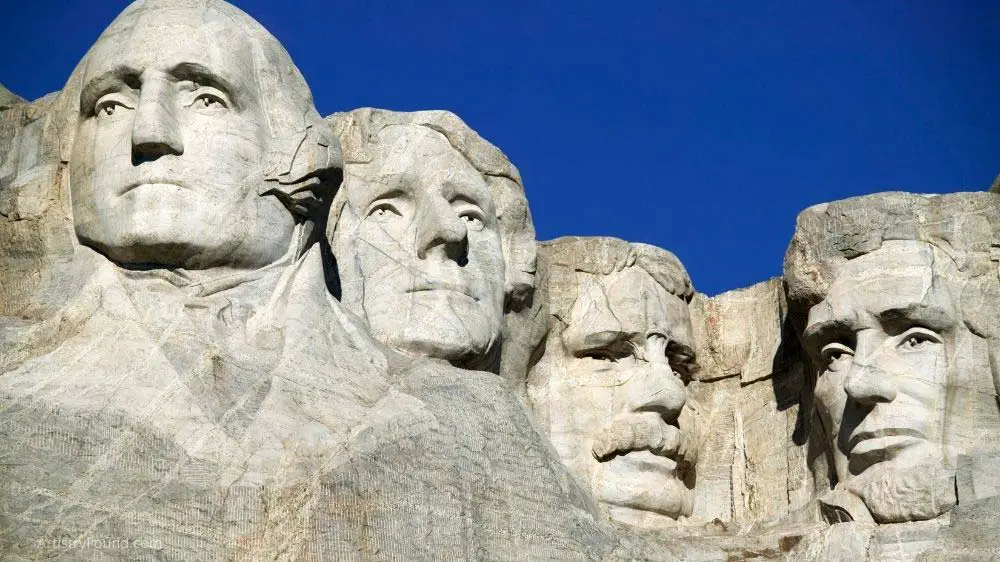
Some of the world’s greatest monuments are examples of subtractive sculptures. The well-known Mount Rushmore is one of the grandest sculptures made by using the subtractive process. The mountain was shaped using dynamite and manual chiseling until the desired effect was achieved. It is an amazing display of human civilization.
The amazing statues of David and Pieta serve as exemplary results of the oldest form of sculpture and truly portray the artistic genius of Michelangelo.

Subtractive sculpture was also behind the creation of the world’s biggest monolithic statue of Lord Bahubali, the Gommateshwara in India. This mammoth statue was carved and chiseled out of a single granite rock. Made in 983 AD, it still stands the test of time.

Even the Hawaiian and South Pacific Tiki statues you see around are made by carving wood and stone. They symbolize deities of the Maori tribe and are very interesting to look at.
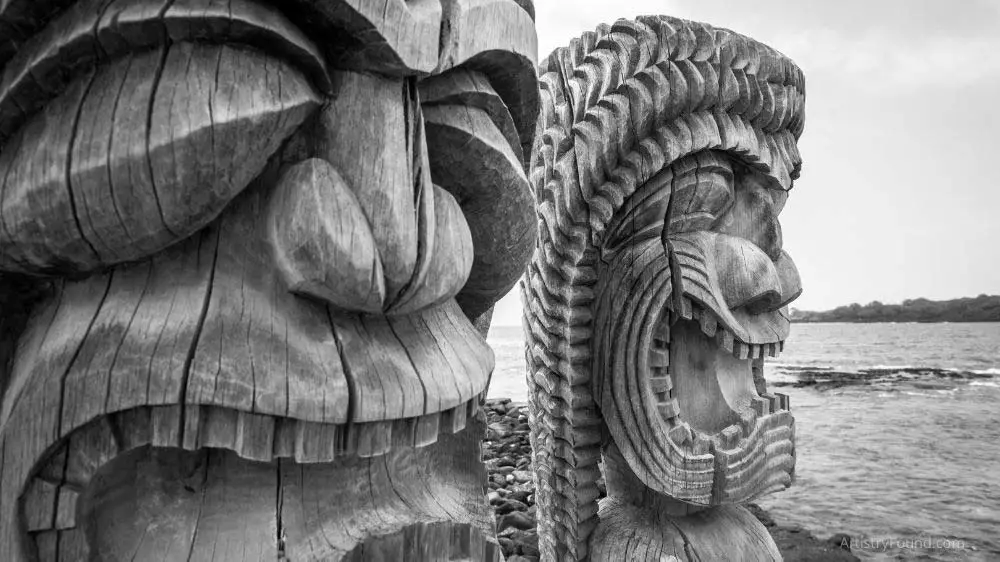
Final Thoughts
Subtractive sculpture is well represented in the world of sculpture in terms of practitioners and acclaimed art. The art of removing material to create a finished work has been one of the most common sculpture forms and continues to be so today.


